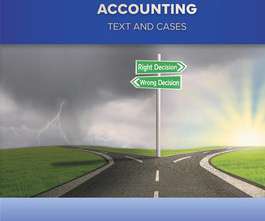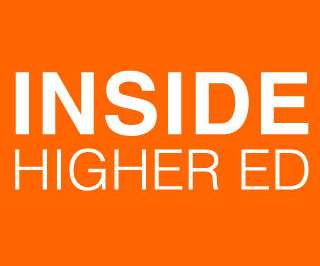How Data Drives Student Success
Diverse: Issues in Higher Education
APRIL 4, 2024
ESOL is housed in the school’s Adult Continuing Education (ACE) division. offers 28 data dashboards with insights on enrollment, grades, financial aid, retention, completion, and student demographics. The current iteration of the program, Insights 2.0,












Let's personalize your content